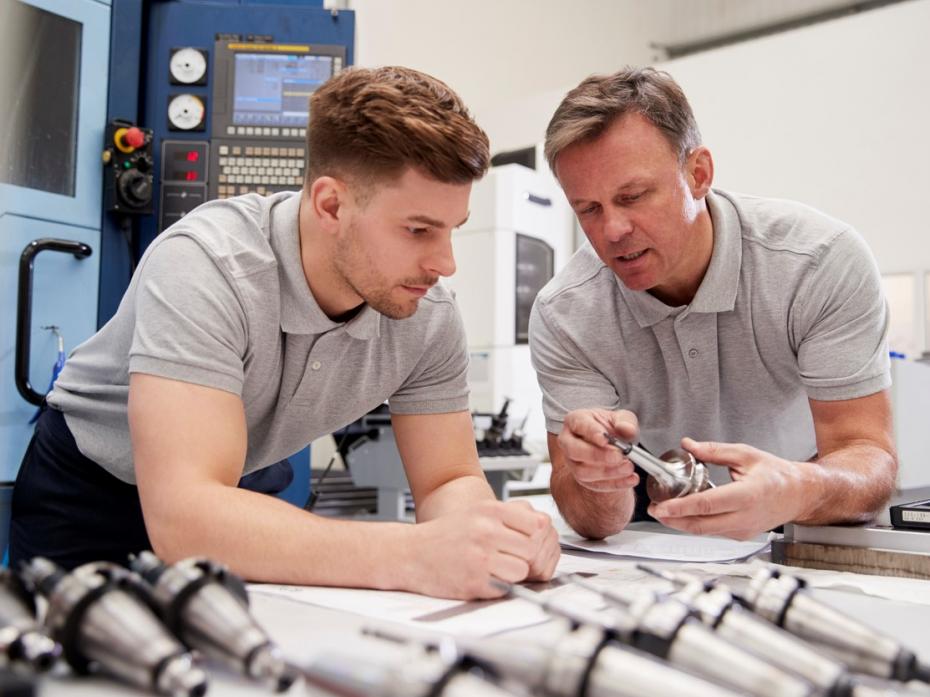Student-staff partnerships can offer students a chance to see the behind-the-scenes mechanisms of the university, become actively involved in decision-making processes, or develop their employability capabilities. For staff, they offer insights into the student experience that may lead to enriched courses, programmes or activities.
Student-staff partnerships, and student representation more generally, have gained prominence and influence in the past decade. Their overarching ethos is to question our assumptions about whose knowledge and whose voices matter in higher education. Examples could be incorporating an Indigenous perspective into a class on Indigenous education or students with a disability sharing their lived experiences to ensure assessment for an occupational therapy class is relevant. These perspectives allow educators to gain different perspectives and apply their extensive experience to groups new to higher education.
Despite these benefits, where do student-staff partnerships sit with those who are historically under-represented in higher education, and how do we ensure that our practices actively seek and support those who are often voiceless?
- How universities can ensure first-generation students and their families feel connected
- A checklist for making disability inclusion a reality in higher education
- How to support EDI work at departmental and institutional level
We have devised seven key strategies to consider when seeking to engage with diverse student cohorts. By adopting inclusive partnership practices, we can co-create courses, programmes, supports and services that speak to the diverse lived experiences of students and thus positively impact the fabric and culture of higher education. This is especially relevant when we acknowledge that the increased intake of non-traditional students has not been reflected in success rates (especially compared with their peers).
1. No grade point average requirements
Avoid specifying grade point average (GPA) requirements and instead open opportunities to collaborate in partnership to all students. Their GPA has no bearing on their ability to meaningfully engage with partnership activities. Although academically high-achieving students are valuable to teams, they do not represent the entire student cohort and are not always able to account for the challenges that other students may face, particularly in terms of curriculum. This approach ensures that the perspectives of the students on the project reflect the general student population, while also providing a wider range of students with opportunities for professional development.
2. Promote the opportunity to students in inclusive ways
A common barrier to student participation is the practice of self-deselection – that is, not applying for opportunities because they judge themselves to lack the required capabilities and experience. To counter this, advertise partnerships in a way that links specific courses with a particular capability that may be developed (for example, anthropology and conducting interviews); this will enable students to connect the lessons from their course to real practice. Alternatively, specifying a “willingness to learn” as a particular technical skill is a good way to open the opportunity to students who want to learn how to storyboard or write a literature review, for example.
3. Create ‘by and for’ partnerships
Partnership projects that aim to create change for specific diversity groups and are also created by people from these communities are more engaging for the target groups. This could look like a respectful relationships workshop for and by members of the LGBTQIA+ community or an Indigenous peer-mentoring programme designed by Indigenous staff and students. However, the barrier of self-deselection can still apply to these opportunities, so do not be afraid to reach out to specific community groups (such as student unions, associations or collectives) to seek their advice and to advertise the partnerships.
4. Recognise non-academic talents on campus
Students’ talents outside academia can benefit partnerships greatly. For example, students in the campus comedy club could create relevant and entertaining orientation materials that resonate with students. Diverse students who may not feel confident in engaging in a policy review might prefer to contribute their expertise to a project that designs resources. In classes, pay attention to students who show potential but may need encouragement – this is especially relevant in universities where students who don’t feel “good” enough or that they belong may not have the confidence to get involved.
5. Offer supports for all partners
Embed support mechanisms, such as workshops and forums for exchange of dialogue, into your partnership practices. Partnerships should be a place of learning and growth – and open, engaging conversations about what you all hope to learn throughout the process are fundamental for developing these reciprocal relationships. This provides opportunities for partners to discuss their practice, seek support and develop a sense of belonging and connection.
6. Accept that not every partnership will look the same
Students and staff can engage in partnerships in a range of ways, depending on the time they have available, the aim of their engagement, and the institutional restraints of the university. While partners should seek to challenge their assumptions and ways of engaging in partnership, they should not become hung up on having the “perfect” partnership experience. No matter how many people you engage in a partnership with, you will learn something new about yourself and the partnership ethos. Learn from and reflect on the experience.
7. Where possible, partner
Seek partnership opportunities in everything you do. Partnership is more than just a project or a one-off engagement; it is an approach, a method and an ethos that privileges the process over the product. Student insights and perspectives into research design, pedagogical course design and evaluation activities can be sought through partnership. By incorporating these vital perspectives, we can enhance the impact of the learning experience and the university’s supports and services.
Creating opportunities for inclusive partnerships benefits everyone and allows students and staff to enact change in their communities. Through reconsidering our recruitment and support practices, we can improve the participation rates of non-traditional and minority-group students.
Madelaine-Marie Judd is service improvement manager (careers) and Brooke Szücs is a research assistant in the TC Beirne School of Law, both at the University of Queensland.
If you found this interesting and want advice and insight from academics and university staff delivered direct to your inbox each week, sign up for the THE Campus newsletter.




comment